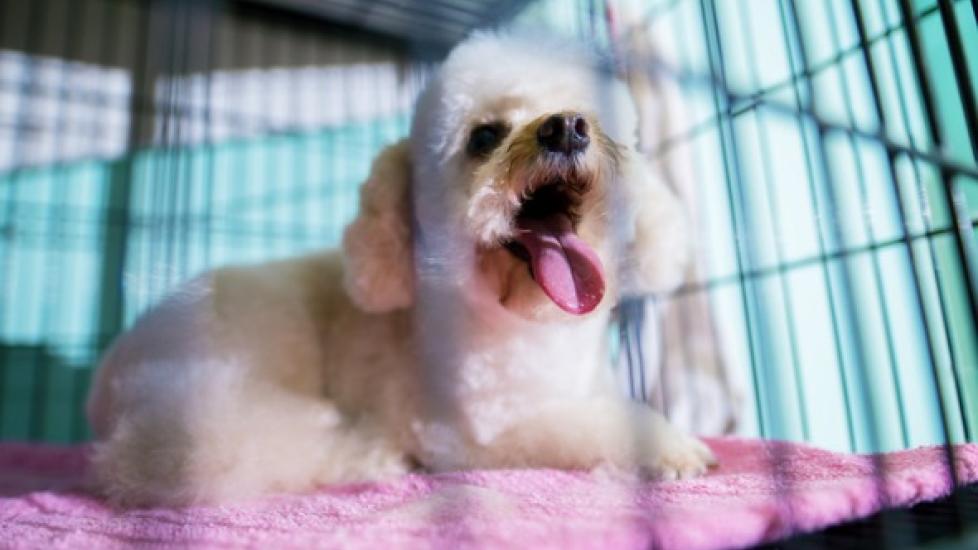Training an older dog to use a crate can be challenging, but it’s not impossible. With patience and consistency, you can help your furry friend learn this valuable skill that will enhance both of your lives. Here are some steps and tips to guide you through the process:
-
Understanding the Purpose: A crate is more than just a place to keep your dog confined; it provides a cozy space where they feel secure and can control their environment. It also helps with house training by giving them a designated area in which to relieve themselves.
-
Start Slowly: Just as puppies need time to adjust to crates, so do adult dogs. Begin by feeding your dog in the crate or placing treats inside. This positive association will encourage them to enter voluntarily.
-
Reward-Based Approach: Once your dog shows interest in going into the crate, reward them immediately with praise, treats, or affection. Positive reinforcement is key to building good habits.
-
Crate Placement: Choose a quiet corner of your home for the crate, away from high traffic areas and noisy appliances. Your dog should view the crate as a safe haven, free from distractions while learning to use it properly.
-
Consistency Is Key: Always put your dog in the crate at the same times each day (e.g., after meals) to establish a routine. Consistent timing reduces stress and makes the transition smoother.
-
Supervision: Initially, you may need to supervise your dog closely when they’re in the crate to prevent accidents. If they start whining or scratching to get out, wait a few moments before opening the door. They might surprise you by settling down on their own.
-
Take Them Out Regularly: Set a timer for every two hours during the initial phase of potty training. When the alarm goes off, take your dog outside to urinate and defecate. Praise them lavishly if they go successfully.
-
Ignore Bad Behavior: Don’t scold your dog for having an accident in the crate. Instead, clean up the mess calmly without making eye contact or speaking to them. Dogs don’t generalize well, so they won’t understand they did something wrong unless it happens right then and there.
-
Create a Calm Atmosphere: Some dogs find music soothing in the background while others prefer silence. Experiment with what works best for yours and play it softly during crate training sessions.
-
Exercise and Mental Stimulation: Fatigued dogs have less desire to roam around looking for trouble spots within reach of their leashes—which means fewer opportunities for mistakes! Ensure ample daily physical activity followed by mental stimulation like puzzle toys or interactive games keeps everyone happy all day long even when nobody else wants any company either way because sometimes those things happen too often especially since we’ve been spending most our days indoors lately due covid restrictions limiting social interactions beyond immediate family members only who live close enough together anyway so why bother trying anything new now huh?
Remember, crate training takes time and commitment. Be patient with yourself and your pet as you work towards success. Every small step forward deserves recognition; celebrate each milestone along the journey toward better behavior management using one simple tool known universally among professional trainers everywhere today – The Magic Of The Crate!
